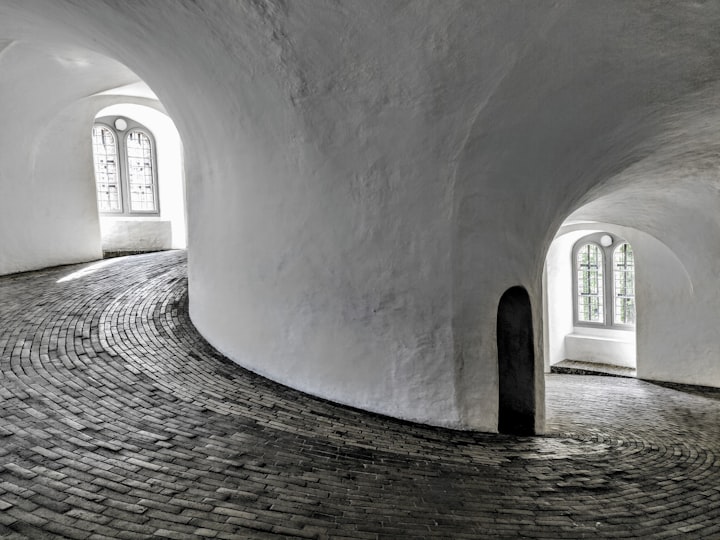Utopia Part 1
Flying Cars & the End of History
I have a friend who is very smart (this is an important detail). We both love talking about politics and so we have a long back-catalogue of passionate conversations. But a few years ago during one of these conversations I was struck by something which stuck with me.
We were talking about Australian politics. For anyone overseas, Australian politics is nothing unusual in most ways: a bicameral representative democracy with two major parties. Sure we differ from the USA in many of the particulars: we have universal healthcare, strict gun laws and no Bill of Rights. But that’s really beside the point. We’re fairly representative of a sort of in-between kind of developed politics: not as social-democratic as Scandinavia, as nimbly technocratic as some East-Asian countries or as stubbornly regressive as the USA. We, like Canada and a few other countries, could be considered to represent a kind of political centre of gravity for the developed world. Boring, maybe, but isn’t boring affluence better than chaos?
Politically speaking, Australia is very stable. Australians might laugh at this, pointing to the fact that we seem to be the coup capital of the democratic world given the regularity of leadership spills we undergo. But this isn’t really the sense of stability I’m referring to. Yes, Prime Ministers come and go. But what about the horizons of political possibility?
(Before I go on: I feel the need to signal that I understand the limitations of ‘left-right’ language when talking about politics. It can get so bad that it leads many online to dub politics in general ‘the mind-killer’. But left-right discourse just is the language that we use (in the West at least). And in that way, it’s useful. I’m planning a post about this in the future, but I’d like to keep the tangents here to a minimum).
An American would see Australia as a centre-left country (although Republicans would see us as socialists). Our ‘left’ party, the Australian Labour Party, represents gently progressive, not-quite-Trudeauian compromise. Our ‘right’ cluster, the Liberal-National Coalition, casts itself as pragmatic classical liberalism tempered with social conservatism. (To American readers yes, I apologise; our right wing party are called the Liberals. I know it’s confusing). The window of political possibility is surprisingly narrow: on the one hand, not even the Liberal Party would dare consider rolling back universal healthcare with any real gusto. On the other, Labour wouldn’t dare dream of basic income or, say, releasing asylum seekers from detention camps. And yes, we have the Greens offering social democracy, One Nation offering a more isolationist right-populism and so on. But fundamentally, Australian politics is grounded in this broad and stable centre of agreement between centre-left and centre-right. There are some points of genuine contention, and I’m definitely not saying “they’re both the same” like some apolitical friends of mine will claim. There are real, substantive differences in policy. But nevertheless there is truth in the critique: much of our politics consists of a quibbling over crumbs while sharing the cake in common. Communists call this kind of contemporary magnetic centrism ‘capitalism realism’. Neoreactionaries might call it ‘leftist hegemony’. And any time traveller from the early twentieth century might rightly ask us, what happened to bold politics?
This brings us back to the conversation with my friend. I was talking about a myriad of political reforms I thought the government should attempt if they had any sense. At one point she looked at me curiously.
“Surely,” she said slowly “you think that things are nearly optimal though.”
I paused. I didn’t think that, not even close.
“Australia has found a kind of sweet spot,” she said. “Looking at history, hell looking at other countries now from China to the USA, we seem to have struck on the perfect formula. Sure maybe we could tweak marginal tax rates a percentage point one way or the other, or tinker with negative gearing legislation, but the fundamentals are rock solid. It sounds like you want deeper changes than that. Systemic changes. And I can’t for the life of me see why.”
Like I said, my friend is very smart. Most people couldn’t hope to win an argument with her about economic policy or political forecasting. And as soon as she spoke, I realised that this is what a lot of people think. And more than that, it makes sense to think it. Until the COVID-19 crisis, Australia had gone nearly 29 years without a recession. We are ranked 6th in the world on the Human Development Index. Australia is rich beyond history’s wildest dreams, peaceful and stable beyond all reasonable expectation. And we get to vote sometimes. I don’t think we take enough time to consider what a remarkable set of circumstances this is.
Maybe considering systemic change was just a symptom of focusing bias, the natural human proclivity to fixate on what was imperfect or left undone, however minor. I looked at my friend, and slowly formed a question.
“What…” I asked, “what do you think the world will look like in thirty years?”
She shrugged. “Hard to say. But I can’t see things changing that much. If Australia has any sense, it will look the same underneath all the flashy stuff. Technology will improve a lot of course. Flying cars are a silly example but a good benchmark for significant change. But think about fundamentals. Jobs, markets, businesses, political parties, currency, nation-states. Things might look different, but structurally I find it hard to believe things will shift.”
I paused and rephrased. “What do you want the world to be like in the future?” I asked. “Ultimately - further into the future than thirty years?”
She looked at me strangely.
“I don’t know,” she said. “I haven’t really thought about it.”
To be continued in Part 2.







Comments
There are no comments for this story
Be the first to respond and start the conversation.